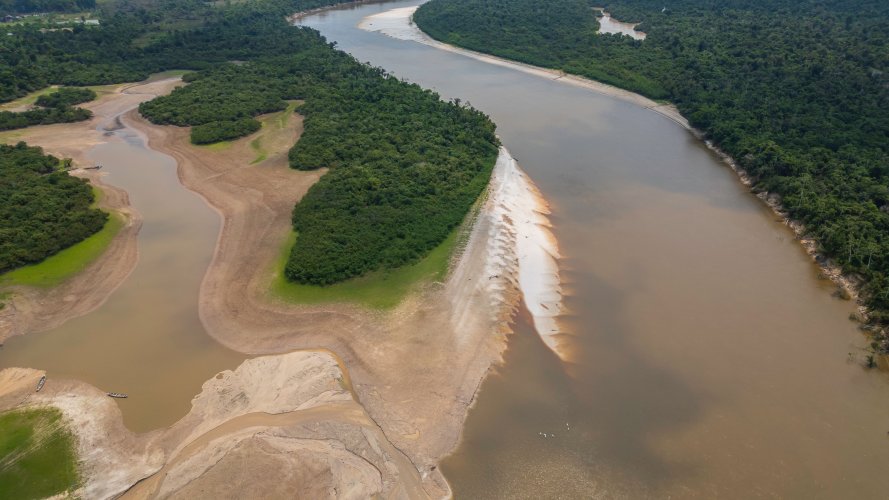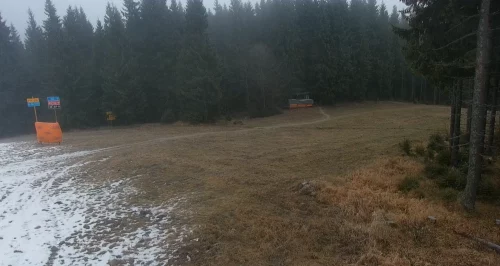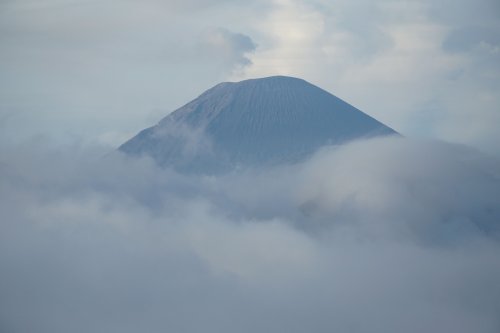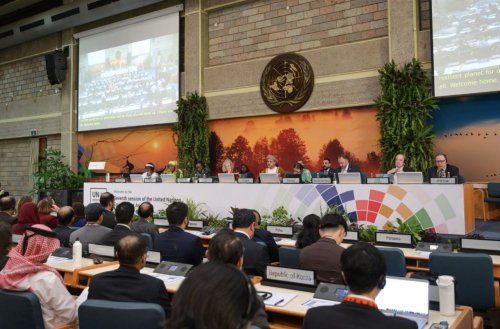The water level in the world's largest river, the Amazon, has in some places dropped to the lowest level ever recorded.
The New York Times reports this with reference to data from the Brazilian Geological Survey.
At one site in the Brazilian state of Amazonas, the river level was 7.5 meters below the average for this time of year for all observations since 1967.
Parts of the three most important tributaries of the Amazon – large rivers, each of which is more than 1600 km long – also fell to historic lows.
In Brazil, as elsewhere in the world, average temperatures are rising and creating conditions that cause droughts. According to Bernardo Flores, a researcher at the Federal University of Santa Catarina in Brazil, in some regions of the Amazon, the average temperature has risen by 2°C since the 1980s and continues to rise further.
"The entire Amazon is heating up significantly. And it has a huge impact. The current drought is related to these much higher temperatures," he says.
In some parts of the Amazon, rains have also become less abundant, and the dry season is now a month longer than in the 1970s, the study found. Scientists point to climate change and deforestation as the driving forces behind these processes.
As the Amazon loses trees, thinning, the rainforest has less ability to shade vegetation from intense sunlight and retain moisture. This, combined with rising temperatures, has made tropical forests drier and more vulnerable to large wildfires.
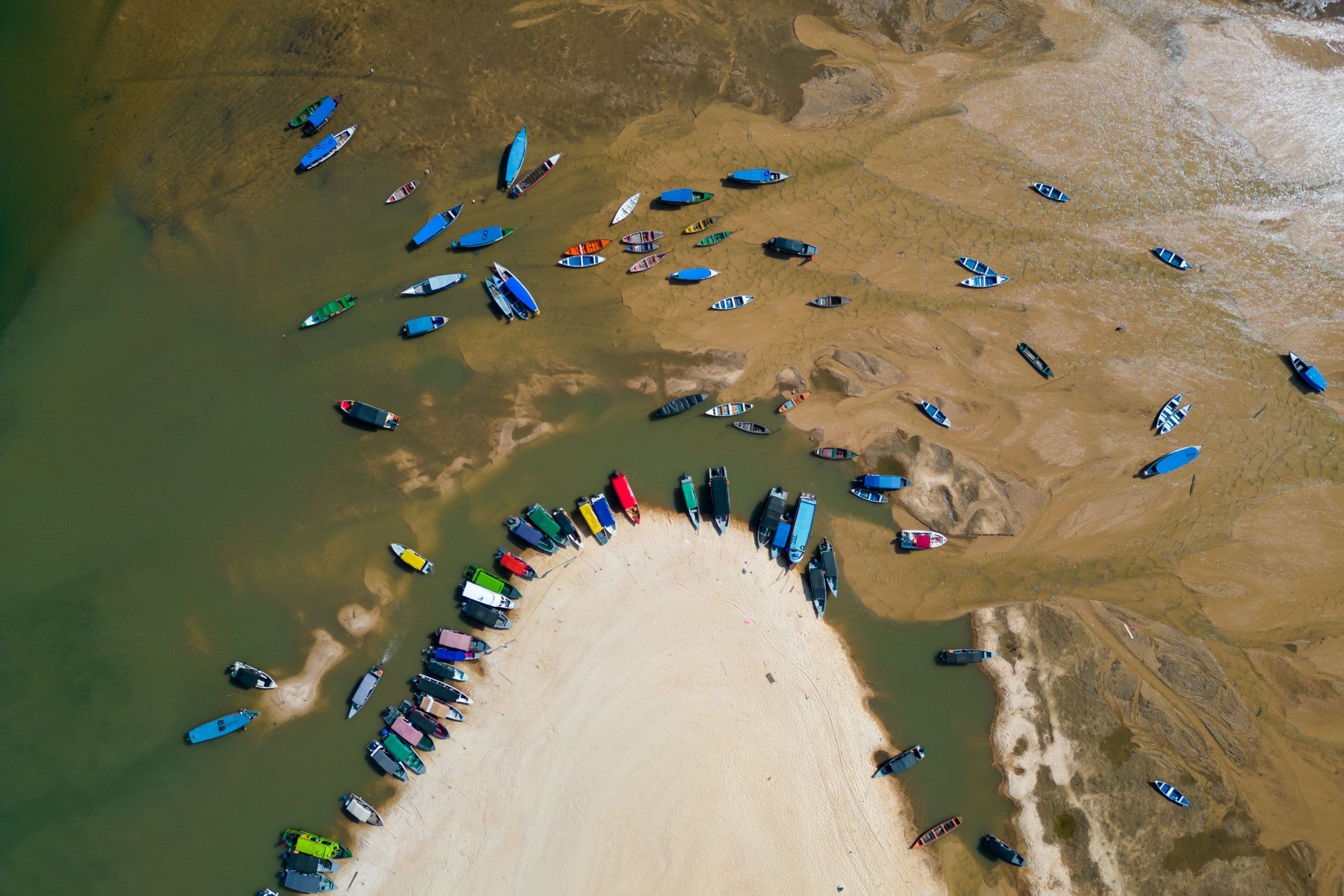
Why is this important?
Researchers say a new hotter and drier climate is changing the Amazon rainforest, the largest reservoir of fresh water on Earth and an important part of the fight to slow global warming. Scientists recalled that jungles absorb and store greenhouse gases that keep heat in the atmosphere.
Also, the Amazon is, without exaggeration, a vital transport highway of South America. It is currently blocked. To solve the problem, Brazilian authorities plan to begin dredging some sections of the river so that even during droughts, people and goods can move through the rainforest.
Brazilian authorities have dredging in the Amazon in the past, but in rare emergencies. But now the river bed is planned to be cleared continuously for the next 5 years to deal with the possibility of a chronic drought, says the director of the National Department of Transport Infrastructure, Fabricio de Oliveira Galván.
Earlier, EcoPolitic reported that climate change has moved border between Italy and Switzerland.

